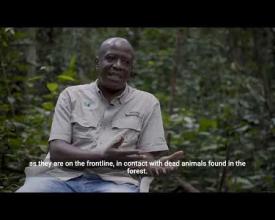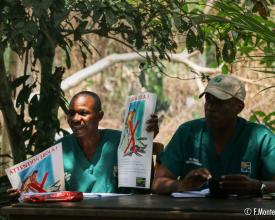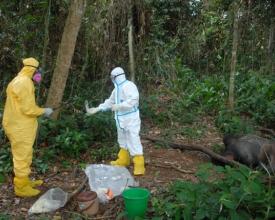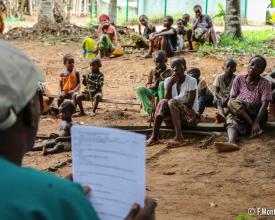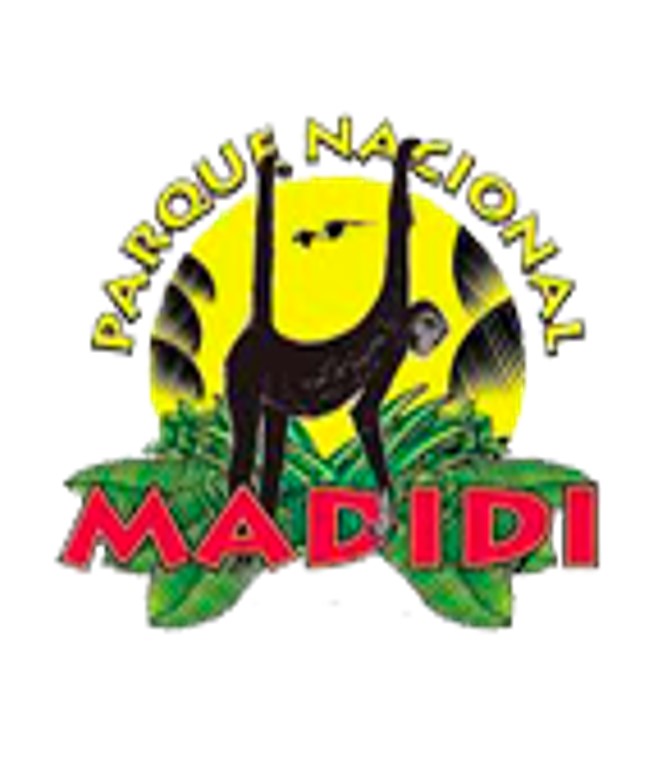
Wildlife Mortality Monitoring Network for Human and Wildlife Health
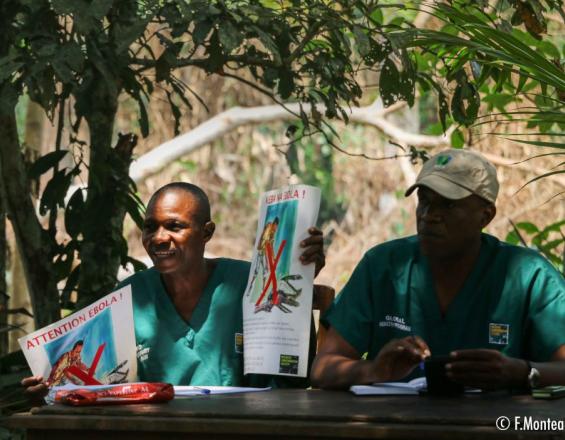
In the Republic of the Congo, a 2005 Ebola Virus Disease (EVD) outbreak had a human mortality rate of more than 80%, and an estimated 5,000 great apes also died. In partnership with the government, WCS set up an early warning system for EVD, working with hunters, forest communities, and rangers to monitor wildlife health through a carcass monitoring and sampling network, whilst promoting best practices in disease risk reduction for these communities that rely on bushmeat as a source of protein. The community-based wildlife mortality monitoring network raises awareness among communities and covers more than 30,000 km2 in in northern Congo, an area home to 60% of the world’s gorillas. When a hunter reports a carcass, a response team travels to the site to safely collect samples from the carcass for testing. Once the sample is collected, it is sent to the national laboratory for analysis and the team returns to the reporting village with results and to reinforce health messages.
Contexte
Challenges addressed
Isolated subsistence communities in the northern Republic of Congo often lack access to health care and health education. Subsistence hunting is critical for food security but is increasingly threatened by commercial wildlife trade to urban and peri-urban communities. A wildlife carcass can seem like a great opportunity for food. However, these carcasses can pose significant health threats, in particular, in this region, from Ebola virus which is often deadly for both great apes and humans. This network first builds trust with local hunting communities, increases awareness of health threats, and encourages participation in an early warning system, expanding wildlife mortality monitoring across thousands of kilometers of key great ape habitat. The introduction of rapid carcass-side testing brings results to the community immediately, aiding in their engagement and ability to implement protective measures when needed.
Emplacement
Traiter
Summary of the process
Developing effective wildlife surveillance and response networks for One Health requires engagement with local communities on the frontlines and communication, trust, network, coordination, and multi-sectoral capacity building from local to national levels.
Building Blocks
Building Trust with Local Communities
Building partnerships and trust with local subsistence communities is essential to ensure successful uptake of public health messaging and community engagement in participatory surveillance, especially given that traditional superstitions and beliefs may contrast significantly with modern scientific knowledge and medicine
Enabling factors
Time, long-term funding, and the human capacity for repeat visits to spend adequate time with communities to build long-standing relationships of trust over a period of years
Lesson learned
In order for participatory surveillance networks with remote communities to be successful, long-term investment is needed, often longer than the duration of short funding streams from foreign entities. Repeat visits and support over many years and consistent, effective communication and rapid result sharing with the communities are essential
Creating sustainable networks for reporting and response to wildlife mortality
Taking the time to develop effective systems for reporting from remote areas (e.g. local human networks or cell-phone based if available) and ensuring a centralized team that responds to reports and communicates findings to communities is vital for the long-term success of such wildlife mortality monitoring networks
Enabling factors
- Good relationships and networks from local to district to the provincial and central levels
- Good coordination across multiple sectors from local to national levels
- Financial and human capacity to respond effectively and in a timely manner to mortality reports
- Access to communication tools e.g. cell phones
Lesson learned
If communities don't see effective response or communication with them on findings, they are unlikely to continue to participate in surveillance efforts. Taking the time to build efficient, sustainable multi-sectoral networks with key stakeholders is essential
Local Capacity Building for Safe Sampling and Testing of Wildlife Carcasses
With limited funding for wildlife surveillance and veterinary medicine in the country, and limited access for subsistence communities to adequate health care, increasing awareness of the importance of wildlife health as it pertains to human and livestock health at local, provincial, and central levels is essential. Introducing preventative approaches and building local capacity for wildlife surveillance is key to reducing human health risks from contact with wildlife. Bringing diagnostic capacity from other nations into the country itself and ultimately to the carcass side enables better local engagement and rapid response and mitigation efforts in the case of detection of a pathogen of concern
Enabling factors
- Long-term external financial support for the development of the wildlife health sector including surveillance and diagnostics
- Long-term funding to develop the capacity of communities to engage in preventative approaches, participatory surveillance and wildlife sampling
- The interest of the host government to develop wildlife health capacity and designation of time and personnel availability to be trained
Lesson learned
Enhancing local understanding of the importance of wildlife health for human and livestock health and developing local capacity to conduct effective wildlife surveillance is critical to achieving sustained One Health benefits
Impacts
In the last 10 years, hunters from more than 260 villages have engaged in the program. Over 6,660 hunters and thousands more women and children are now aware of potential risks associated with coming into contact with dead animals where cause of death is unknown. Almost 100 carcasses have been reported, analyzed, and tested negative for the Ebola virus at the national laboratory in Brazzaville, and over 40 people in Northern Congo have been trained on the sampling protocol. Central Africa remains a high-risk region, but the Republic of the Congo, home to the largest population of gorillas, has not experienced an Ebola epidemic since 2005. Moreover, return visits and conversations with village leaders reveal risky contacts with wildlife carcasses are being avoided and reduced. Efficient sample analysis is an essential step to effective zoonoses monitoring and response. Analysis once took several weeks and needed to be done in a different country. This was reduced to two days with in-country Ebola testing capacity thanks to efforts of multiple partners. WCS is currently working on the implementation of a portable diagnostic tool that would allow real-time testing directly at the site where a carcass is found, reducing testing time from two days to one hour, allowing safety measures to be immediately implemented in the event of a positive result.
Beneficiaries
- Local communities
- People connected through trade and travel networks with local communities: disease outbreaks spread, as has been witnessed in prior Ebola virus disease outbreaks
- Great Apes
- Wildlife conservation
